The Importance of Failure in Game Design: Why Players Should Fail to Succeed
16 February 2025
Have you ever played a game where you encountered a boss fight so tough, it made you want to throw your controller across the room? Or maybe you’ve stumbled into a puzzle that had you scratching your head for hours. Frustrating, right? But here’s the kicker: those moments of failure are the secret sauce to what makes games so fulfilling. The truth is, failure isn’t just some unavoidable annoyance in game design—it’s a crucial part of the experience.
Games that let players fail give them opportunities to grow, adapt, and—most importantly—feel the euphoria of overcoming challenges. Without failure, the thrill of success would feel hollow. So grab your favorite snack, and let’s dive into why failure matters so much in game design and how it transforms players from frustrated beginners into triumphant champions. 
Why Failure is a Core Pillar of Game Design
Let’s get real for a second. What kind of game would it be if everything was handed to you on a silver platter? Imagine playing Dark Souls and defeating every enemy with a single button press. Boring, right? Games are built on interaction and problem-solving. And you simply can’t solve problems if there aren’t any!Failure forces players to learn, adapt, and change their approach. It’s like life, only with cooler graphics and respawn points. Without failure, there’s no risk. Without risk, there’s no real reward. That treasure chest at the end of a deadly dungeon wouldn’t mean squat if you didn’t have to fight tooth and nail to get there.
Designers often include failure as a way to teach players new mechanics or strategies. Think about the first time you fell into a trap in Tomb Raider. Did it suck? Absolutely. But did you remember to watch out for traps next time? You bet you did! Failure is like that tough but wise mentor who doesn’t sugarcoat things but always teaches you a valuable lesson. 
Emotional Investment: The Highs Are Higher When the Lows Are Lower
One of the things that makes games so captivating is their ability to make you feel something. From joy and excitement to frustration and despair, games are emotional rollercoasters. But here’s a fun fact: without failure, those emotions would fall flat.Think about it: the satisfaction of finally beating a seemingly impossible level in Cuphead wouldn’t be nearly as sweet if you hadn’t failed 27 times beforehand. That rush of adrenaline when you land a perfect combo in Mortal Kombat? It’s amplified because you had to work for it. Failure adds stakes to the game—it makes success meaningful.
Without failure, there’s no tension, no payoff, and no sense of achievement. It would be like watching a movie where the protagonist faces zero obstacles. Snooze fest, right? For players to feel invested, they need to struggle. Success only feels great because we’ve tasted defeat. 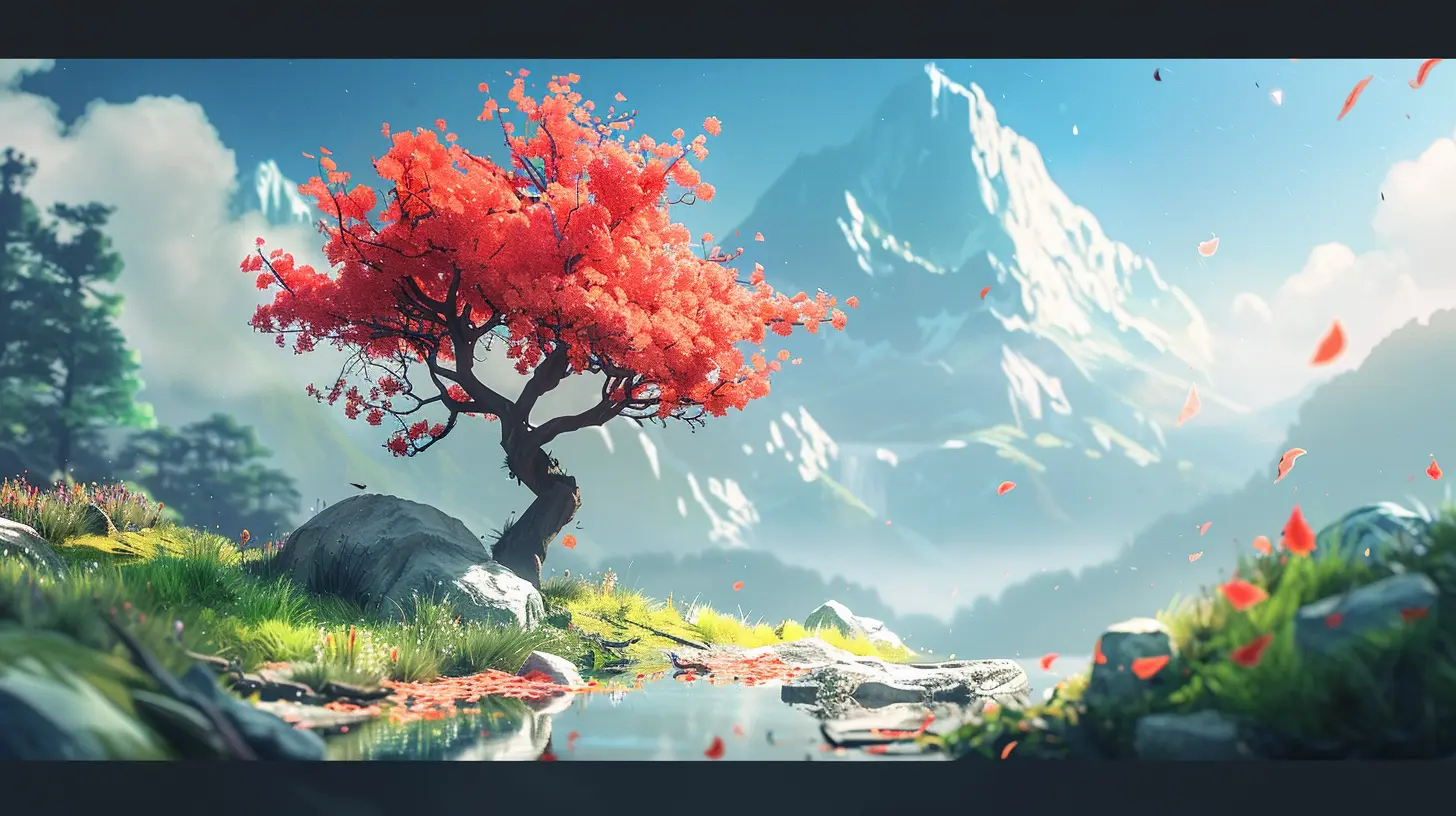
Teaching Through Failure: Games as Digital Classrooms
Believe it or not, games are excellent teachers. They’re interactive, engaging, and, yes, they use failure as a teaching tool. Think of failure in games as the equivalent of falling off a bike when you’re learning to ride. It stings at first, but it’s an essential step in mastering the skill.Take Super Mario Bros. for instance. The game doesn’t sit you down for a lengthy tutorial. Instead, it teaches you as you play. The first Goomba you encounter? It’s there to teach you that touching enemies leads to failure. The first bottomless pit? It reminds you to time your jumps.
By allowing players to fail, games encourage experimentation. You’re free to try different strategies, learn from your mistakes, and gradually improve. Failure in games isn’t a dead end—it’s a stepping stone. 
The Role of Difficulty Levels: Tailoring Failure
Okay, so we agree that failure is important. But here’s the thing: too much failure can be a problem. If a game is so punishing that players feel like they’re constantly bashing their heads against a metaphorical wall (we’re looking at you, “Kaizo Mario” levels), it can quickly lead to frustration and burnout.This is where difficulty levels come into play. Designers use them to balance failure and success. Whether you’re blazing through a game on “Easy” mode or masochistically tackling “Nightmare” mode, failure is tailored to suit your skill level.
Think of it like lifting weights at the gym. You wouldn’t bench press 200 pounds on your first day, would you? Similarly, games give players a chance to build their skills gradually. Difficulty levels ensure that failure doesn’t feel arbitrary or unfair—it feels like a challenge that’s just hard enough to keep you engaged.
Failure Breeds Innovation
Have you ever noticed how some of the most creative solutions in games come as a direct result of failure? When faced with a seemingly impossible challenge, players are forced to think outside the box.Take The Legend of Zelda: Breath of the Wild. The game is famous for its open-ended puzzles and physics-based mechanics. Stuck on a shrine? Maybe you’ll stack metal boxes to form a makeshift bridge. Or perhaps you’ll use stasis to launch yourself across a gap. The possibilities are endless, and they often stem from trial and error.
Failure pushes players to innovate, experiment, and embrace creative problem-solving. It’s not just about beating the level—it’s about finding your own unique way to do it.
Failure Creates Stories Worth Sharing
Let’s be honest—some of the best gaming stories come from moments of failure. You probably wouldn’t regale your friends with tales of how you breezed through a basic dungeon. But that time you accidentally set yourself on fire in Minecraft and still managed to survive? That’s a story worth telling.Failure adds drama, unpredictability, and humor to games. It creates memorable moments that stick with players long after the credits roll. Every time you fail, you’re not just playing the game—you’re creating your own narrative.
Games That Nail Failure (Pun Intended)
While we’re on the topic, let’s give a shoutout to some games that absolutely nail (pun intended) the concept of failure:1. Dark Souls Series: Masterclass in “tough but fair” design. Every failure teaches a lesson if you’re paying attention.
2. Celeste: A platformer that actively encourages players to embrace failure as part of the journey toward self-discovery.
3. Portal: A puzzle game that thrives on experimentation and the occasional hilarious mistake.
4. Hollow Knight: Combines exploration with challenging combat, rewarding persistence and skill.
Why Players Should Fail to Succeed
So, what’s the takeaway here? Failure in game design isn’t just a hurdle—it’s an essential ingredient. It challenges players, teaches valuable lessons, and makes triumph that much sweeter. Without failure, games would lose their magic.And as players, we shouldn’t fear failure. Instead, we should embrace it. Every misstep, every defeated boss battle, and every botched attempt is a stepping stone toward success. So the next time you find yourself rage-quitting after dying for the umpteenth time, just remember: failure is part of the fun.
Wrapping It Up
Failure in game design isn’t just about making things harder. It’s about making them meaningful. From teaching us new strategies to helping us appreciate success, failure plays a pivotal role in crafting unforgettable gaming experiences. So go ahead—fail, learn, and conquer. After all, isn’t that what gaming is all about?all images in this post were generated using AI tools
Category:
Game DesignAuthor:

Francesca West
Discussion
rate this article
9 comments
Kova Diaz
Great insights! Emphasizing failure in game design truly enhances player engagement and learning. It fosters resilience and strategic thinking, making successes even more rewarding. Keep exploring this topic!
March 17, 2025 at 4:02 PM

Francesca West
Thank you! I appreciate your feedback and am glad to hear you found the insights valuable. Exploring failure's role in game design is indeed crucial for enhancing player experiences.
Carly McLemore
Embracing failure in game design cultivates resilience, enhances player engagement, and fosters a deeper understanding of mechanics. It transforms setbacks into vital learning experiences that enrich the gaming journey.
March 3, 2025 at 4:33 PM

Francesca West
Absolutely! Embracing failure not only builds resilience but also enriches player engagement, turning setbacks into valuable learning moments that enhance the overall gaming experience.
Lysander Mahoney
Failure fosters creativity and enhances player engagement.
March 3, 2025 at 3:48 AM

Francesca West
Absolutely! Embracing failure in game design not only sparks creativity but also deepens player engagement, encouraging them to explore and learn through their mistakes.
Xylo Mullen
Thank you for such an insightful article! I completely agree that failure is crucial in game design. It not only enhances player engagement but also fosters resilience and creativity. Embracing challenges can lead to more satisfying experiences, ultimately enriching the gaming journey. Looking forward to your next piece!
March 2, 2025 at 4:57 PM

Francesca West
Thank you so much for your kind words! I'm glad you found the article insightful. I appreciate your support and look forward to sharing more soon!
Rebecca Willis
From failure's ashes, true champions arise.
February 24, 2025 at 3:50 PM

Francesca West
Absolutely! Embracing failure in game design fosters resilience and creativity, allowing players to learn, adapt, and ultimately triumph.
Bianca Coffey
Embrace failures; they're just level-ups!
February 22, 2025 at 4:57 PM

Francesca West
Absolutely! Embracing failure not only fosters growth but also enhances the overall gaming experience, turning setbacks into valuable lessons that propel players forward.
Roxanne McTavish
This article brilliantly highlights how failure fosters resilience and creativity in players. Embracing setbacks truly enhances the gaming experience and deepens our connection to challenges.
February 21, 2025 at 4:41 AM

Francesca West
Thank you for your insightful comment! I'm glad you found the article emphasizes the value of failure in enhancing resilience and creativity in players.
Kylie Reilly
Failure enhances learning and engagement; essential for game design.
February 17, 2025 at 5:42 PM

Francesca West
Absolutely! Embracing failure not only promotes deeper learning but also strengthens player engagement, making it a vital component of effective game design.
Hannah Martin
The article astutely highlights failure as a crucial element in game design. Emphasizing the learning curve, it showcases how setbacks foster resilience and mastery. By integrating failure, developers create richer gameplay experiences and deeper emotional connections, ultimately enhancing player satisfaction and encouraging exploration within immersive game worlds.
February 17, 2025 at 4:20 AM

Francesca West
Thank you for your insightful comment! I'm glad you found the article's emphasis on failure and its role in enhancing gameplay experiences and emotional connections compelling.
MORE POSTS
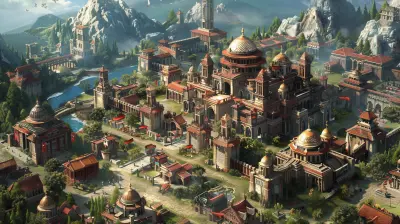
Building the Ultimate Mobile Strategy Game Empire

How Arcade Games Shape Modern Gaming Mechanics

How to Balance Innovation with Familiarity in Game Design
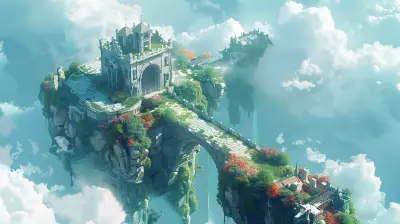
Building Games for the Cloud: Navigating Scalability and Performance

How to Avoid Common Pitfalls in Game Design
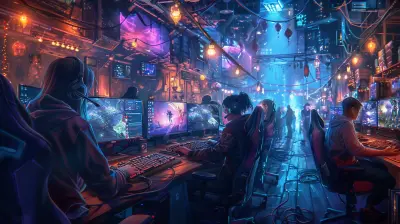
A Look at the Most Downloaded Casual Games
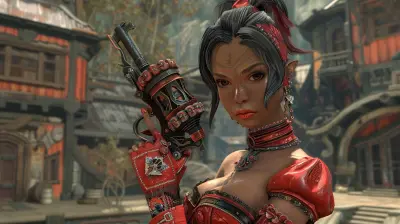
How Transmog Systems Fuse Fashion and Function in MMOs